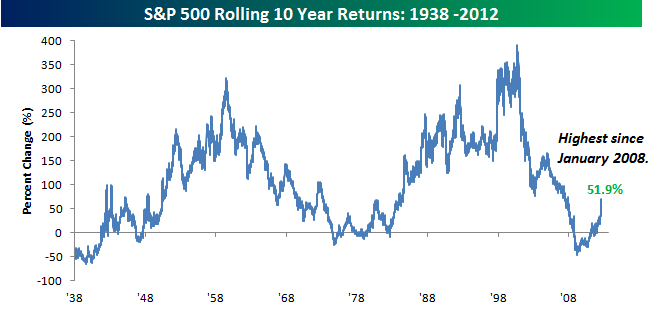For income investors, it’s the same old headache. Interest rates are still low, and it’s tough to generate yield from your investments without taking on more risk.
The search for yield is an arduous one in this current era of ultra-low interest rates. The U.S. Federal Reserve has kept short-term rates at near-zero levels since December of 2008 and isn’t expected to raise rates until well into 2015.
When it does, the U.S. central bank is expected to move slowly. At the moment, investing in a 10-year U.S. Treasury Bond will get you an less-than-spectacular 2.5% or so return.
True, the five-year bull market in stocks has created a lot of wealth and shows no immediate signs of flagging. Still, many investors need high-yield investments in their portfolio if they are nearing retirement or seek a steady flow of income. Such investments are out there but take some research to find. And it’s important to remember that going for more yield usually involves more risk.
1. High-yield bonds
The good news is that default rates and credit losses in high-yield bond markets remain below their long-term averages. High-yield bonds are also known as “junk” because they are issued by companies with lower credit ratings. The higher yields are designed to compensate investors for the risk of holding the debt of companies with shakier credit.
For some investors, that benign backdrop on credit defaults may embolden them to take on more risk in exchange for return. But they need to be careful.
When evaluating corporate debt, Morningstar analyst Samuel Lee suggests investors need to be especially discriminating at the moment. Why? Yes, default rates are low. Then again, the spread between Treasuries and really low-rated bonds is so tight that investors aren’t really being rewarded for the risk they are taking.
Such tight spreads historically have been “associated with boom times when lots of dumb decisions are made,” Lee says. “Spreads this tight coincided with periods of irrational exuberance, like 2005-07.”
2. Investment-grade corporate bonds
Investment-grade bonds are seen as having credit risks somewhere between high-yield bonds and safe-haven Treasuries.
So they could be a middle-of-the-road investment for those looking to balance yield and risk.
3. Dividend stocks
A third option are high-performing dividend stocks, especially given the solid performance of equities generally in recent years. Investors have the opportunity to enjoy higher capital appreciation and steady dividend income.
Again, investors need to consider the risks of using stocks for income. Why? Because stocks are historically more volatile than bonds.
To learn more about how Covestor works, contact our Client Advisers atclientservices@interactiveadvisors.com or 1.866.825.3005. Or you can try Covestor’s services with a free trial account.
DISCLAIMER: The investments discussed are held in client accounts as of June 30, 2013. These investments may or may not be currently held in client accounts. The reader should not assume that any investments identified were or will be profitable or that any investment recommendations or investment decisions we make in the future will be profitable. Past performance is no guarantee of future results.





